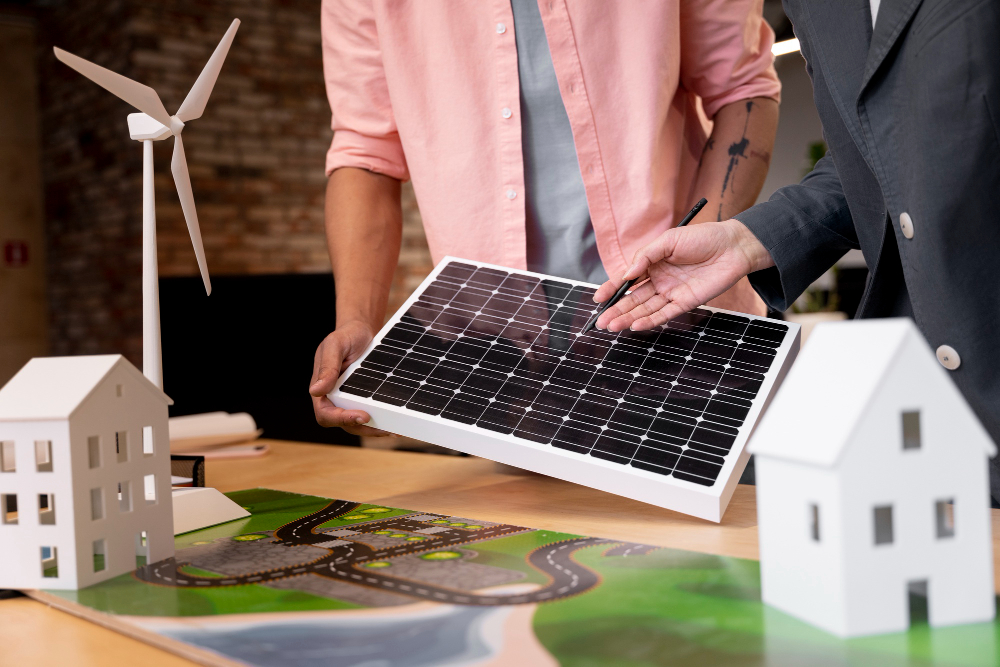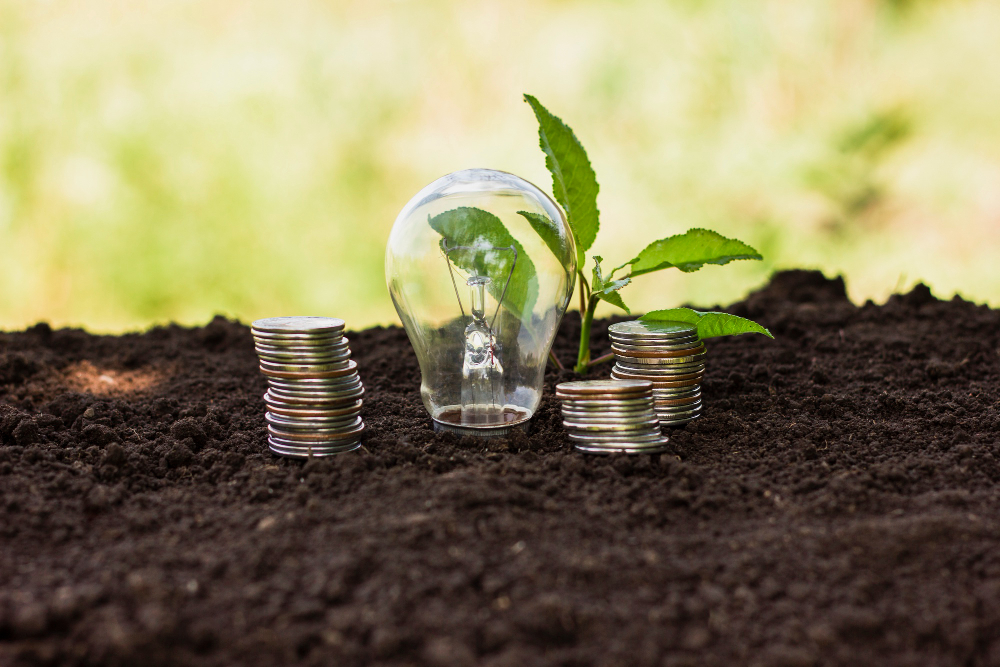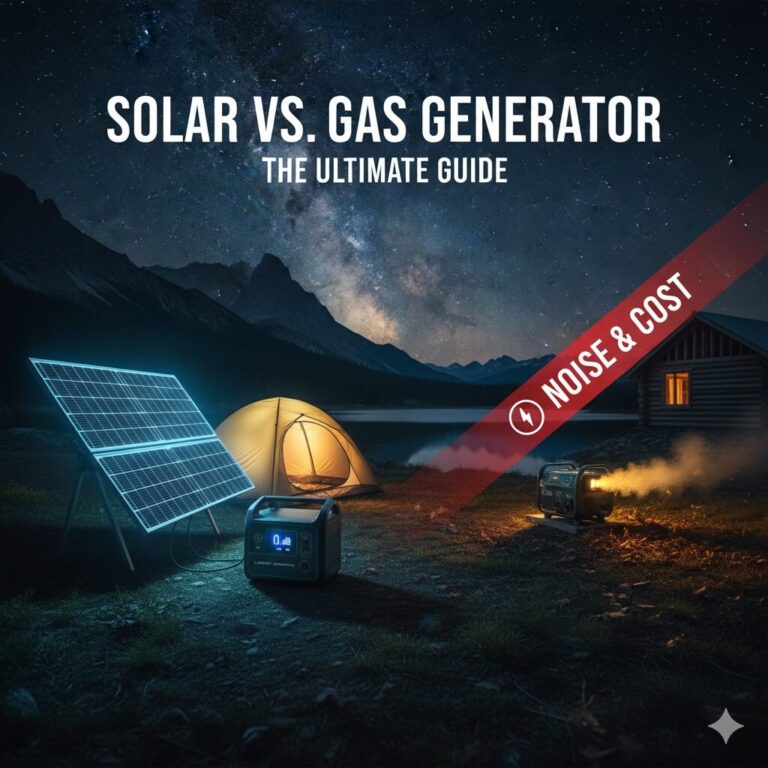How Microfinance and Solar Energy Are Powering Rural Cambodia

In the rural heartlands of Cambodia, where grid electricity remains scarce or unreliable, an energy revolution is underway. Families once dependent on costly kerosene or battery-powered lights are now harnessing the sun’s energy, thanks to the rise of microfinance institutions offering small loans for solar systems. This synergy between microfinance and solar energy is transforming lives, driving sustainable development, and lighting up communities one household at a time.
- The Energy Challenge in Rural Cambodia
- What Is Microfinance, and How Does It Work?
- How Solar Energy Loans Are Structured
- Benefits of Microfinance-Backed Solar Energy
- Real-Life Impact Stories
- Key Challenges and Risks
- Government and NGO Involvement
- The Future of Solar Energy and Microfinance in Cambodia
- Conclusion: A Bright Path Forward
The Energy Challenge in Rural Cambodia
Cambodia has made progress in electrification over the past decade, yet millions still live without stable access to electricity. According to the World Bank, as of 2022, over 30% of rural households lacked reliable electricity. These communities rely heavily on kerosene lamps, car batteries, and wood-burning stoves, all of which are hazardous, polluting, and expensive in the long run.
The absence of electricity not only limits daily activities but also hinders education, health care, and economic opportunities. Children study under dim lights, clinics operate with limited refrigeration for medicines, and small businesses close at sunset. Addressing this energy poverty is crucial to Cambodia’s broader development goals.
What Is Microfinance, and How Does It Work?
Microfinance refers to financial services provided to low-income individuals or groups who typically lack access to traditional banking. In Cambodia, institutions like AMK Microfinance, PRASAC, and BNKC are leading providers of microloans, helping people invest in productive assets, including solar energy systems.
These small loans are structured to be affordable and accessible. Borrowers use them to purchase solar panels, batteries, inverters, and installation services. Repayments are often made in small monthly installments, sometimes aligned with harvest cycles or income flow.
How Solar Energy Loans Are Structured
Microfinance institutions have partnered with solar energy providers to offer specialized solar loans. These are typically
- Low-interest or subsidized: Often supported by NGOs or green energy programs.
- Flexible: With repayment periods ranging from 12 to 36 months.
- Bundled with services: including installation, maintenance, and warranties.
For example, BNKC’s Solar Loan allows rural customers to borrow for solar home systems with minimal upfront costs. Kamworks, a leading solar energy company, also collaborates with MFIs to implement pay-as-you-go solar models, enabling customers to top up credit using mobile money.
Benefits of Microfinance-Backed Solar Energy
The combination of microfinance and solar power offers multiple benefits:
Improved Quality of Life
- Households gain access to safe, reliable lighting.
- Children can study at night, improving education outcomes.
- Women experience reduced exposure to indoor air pollution.
Economic Empowerment
- Families save money previously spent on kerosene or batteries.
- Extended business hours increase productivity and income.
- Mobile phone charging enables communication and business transactions.
Environmental Sustainability
- Reduced reliance on fossil fuels lowers carbon emissions.
- Solar energy adoption supports Cambodia’s national climate goals.
According to SNV Cambodia, rural households using solar systems reported saving up to $10 per month on energy costs—a significant amount for low-income families.
Real-Life Impact Stories
Stories from the field illustrate the tangible impact of solar loans:
- Sokha, a mother of three in Kampong Thom, used a $150 loan to buy a solar home kit. Her children now study under bright lights, and she saves $8 monthly on energy.
- Chenda, a grocery store owner in Takeo, extended her business hours with solar-powered lighting. Her income increased by 20% in three months.
These examples underscore how small loans can lead to big transformations.
Key Challenges and Risks
While the benefits are clear, challenges remain:
- Affordability: Even small monthly repayments can be a burden for the ultra-poor.
- Over-indebtedness: Cambodia has faced issues with borrowers taking multiple loans, leading to financial stress.
- Maintenance and quality: Some rural areas lack access to skilled technicians, and poor-quality solar products can lead to breakdowns and loss of trust.
To address these issues, NGOs and financial institutions are working to improve financial literacy, product quality assurance, and after-sales support.

Government and NGO Involvement
The Cambodian government has set a goal of universal electricity access by 2030. To support this, it encourages public-private partnerships and investments in off-grid energy solutions.
NGOs like SNV, GIZ, and Nexus for Development play a pivotal role by
- Providing technical training and awareness campaigns.
- Facilitating partnerships between MFIs and solar providers.
- Offering grants or result-based financing to reduce risks.
These collaborations are critical to scaling solar energy adoption.
The Future of Solar Energy and Microfinance in Cambodia
The outlook is bright. With the cost of solar technology declining and mobile payment infrastructure expanding, access to clean energy is becoming more feasible for rural Cambodians.
Key trends to watch include:
- Expansion of digital finance: Mobile wallets like Wing and Pi Pay make repayments easier.
- Increased donor support: International funding is flowing into green financing initiatives.
- Focus on sustainability: MFIs are integrating environmental impact into their lending models.
As these trends converge, microfinance will continue to be a key driver in powering rural Cambodia sustainably.
Conclusion: A Bright Path Forward
Microfinance and solar energy are lighting the way for a cleaner, more equitable future in rural Cambodia. By empowering households with access to clean energy through small, manageable loans, Cambodia is making strides in development, education, and environmental protection.
Call to Action: Are you an investor, NGO, or policymaker? Support or partner with microfinance and solar initiatives today to bring light to more Cambodian homes. Share this article to spread awareness of the power of small loans and big impact.



